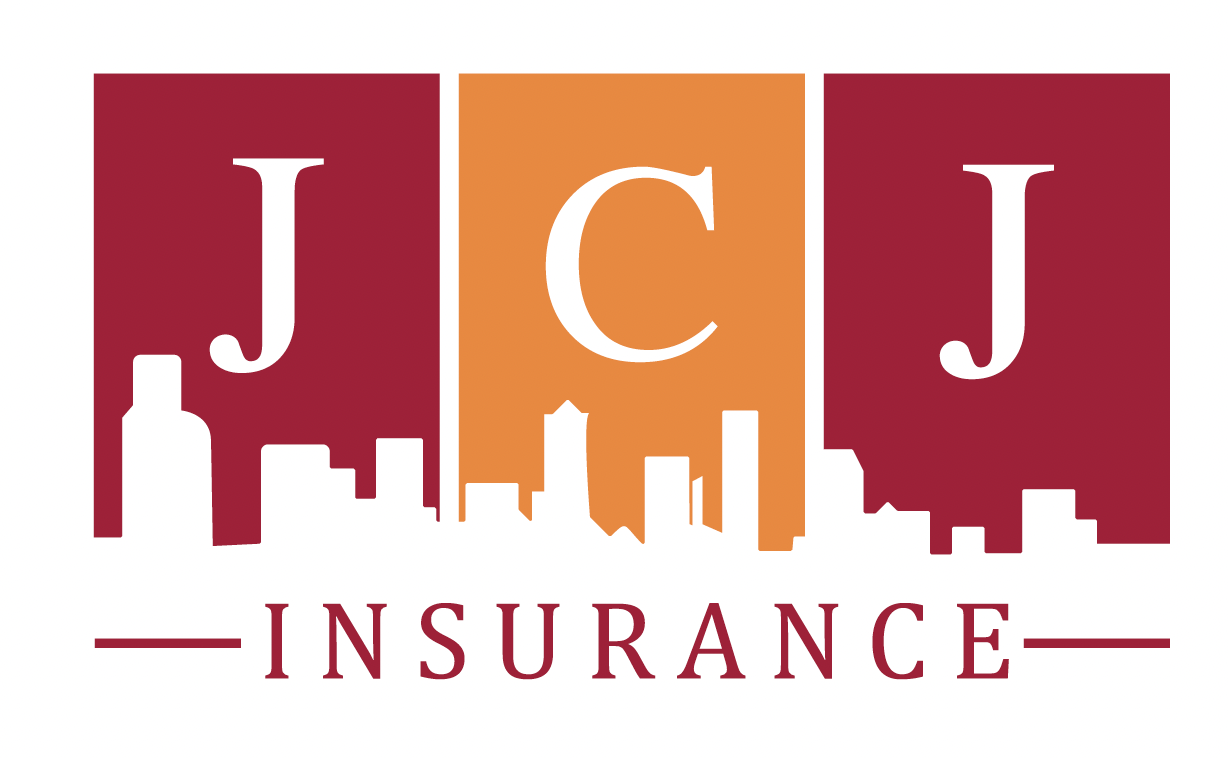By Erin Kelley, JCJ Insurance
The ACEC Research Institute recently released a new study, Design Build State of Practice: Recommendations for Agencies and Industry on Effective Project Delivery, in partnership with the University of Colorado Boulder. With input from 155 ACEC design firms, this landmark study examined the unique design-build (DB) challenges and their impacts to project delivery outcomes. Most notably, the report issued a call to action for all DB stakeholders that includes industry-wide awareness and change surrounding the most concerning issues that were uncovered.
This study comes at a pivotal time as DB project delivery is expected to play a significant role in delivering Infrastructure Investment and Jobs Act projects nationwide. According to Design-Build Institute of America (DBIA), “Design-build will account for nearly half of all construction spending by 2025”.[1] The ACEC report’s key recommendations to owners and design firms serves as a necessary guidepost for best practices on all DB project demographic types.
The report includes DB case studies that compare best and worst performing projects. Participants from the most successful projects reported strong owner leadership, recurring trusted partnerships, early engagement, balanced risk transfer in contracts, and excellent team interdependence. These teams understood that issues would surface but were committed to resolving any issues and avoiding claims. In general, firms working on smaller projects reported better outcomes and excellent project harmony.
In stark contrast, study participants described weak owner leadership, unproven relationships, and unmanageable cost/schedule expectations on some of the worst outcomes, especially large infrastructure projects. Most of these DB projects reported concerning risk management practices, low profitability, costly claims, and surging insurance costs. Most importantly, the results emphasized a direct correlation between project discord and poor project success.
Prior to the release of ACEC’s DB study, leading A/E Professional Liability insurance companies attending a/e ProNet’s September meeting issued a similar sounding alarm regarding the elevated risks on DB projects. Kent Holland, Esq., on behalf of PUA Insurance, cited that 70% of horizontal infrastructure DB projects are expected to result in a claim against the design team due to poor contract risk management practices.
While the insurance companies agree that better risk allocation should be negotiated during the contract phase, many DBE and small to medium-size firms often lack large-firm resources. This underscores the need to include specialty insurance companies and brokers that often provide contract review as a complimentary service. The ACEC report supports this by offering that “Firms should consult with their brokers about options to reduce the strain on their practice policies due to their work on DB projects, and should take steps to encourage owners and design-builders to consider measures that will reduce the likelihood of claims and related premium increases.”[2]
Despite any negatives, DB has proven it can achieve fast, efficient, and cost-effective projects. When done right, DB can deliver incredible outcomes and help communities recover more quickly. One of the most successful 2022 DB projects in Florida was also the first FDOT emergency DB project in the state. The record-breaking Sanibel Causeway restoration proved that DB teams are resilient, innovative, and collaborative and are successful at delivering extraordinary results in times of crisis. You can watch FDOT’s video of the Hurricane Ian Relief project by clicking here.
Unless the critical issues are addressed going forward, continued negative outcomes and claims will cast a shadow on DB success stories. ACEC’s final call to action in the report is, “The nature of the uncovered issues—risk transfer imbalances, liability gaps, increasing insurance costs, decreased profitability, and lack of project harmony—demands wide industry awareness, policy changes through advocacy, more advanced risk identification and mitigation, as well as education and training.”[2] The evolution of this delivery method to Progressive Design Build (PDB), or selecting other projected delivery methods such as Integrated Project Delivery (IPD) could offer solutions to some of the common challenges with traditional design-build.
Meanwhile, design firms can do their part to negotiate more balanced risk transfers in DB contracts. Recommended by all firms in the study, these contracts should include insurable standards of care and indemnities, liability limitations, waivers of consequential damages, nonpayment provisions, force majeure, right to rely, and avoiding quantity guarantees. For all Florida projects, we also recommend including Florida Statute 558.0035 – language that provides protection for the individual licensed professionals.
You can learn more about the best practices that led to successful project outcomes as well as the critical areas of needed improvement by reading the full report. And we are here to help you navigate the intricacies of contract language whenever the need arises.
[1] https://dbia.org/wp-content/uploads/2021/09/DBIA-Data-Sourcebook-2021.pdf
[2] https://program.acec.org/2022-design-build-study
